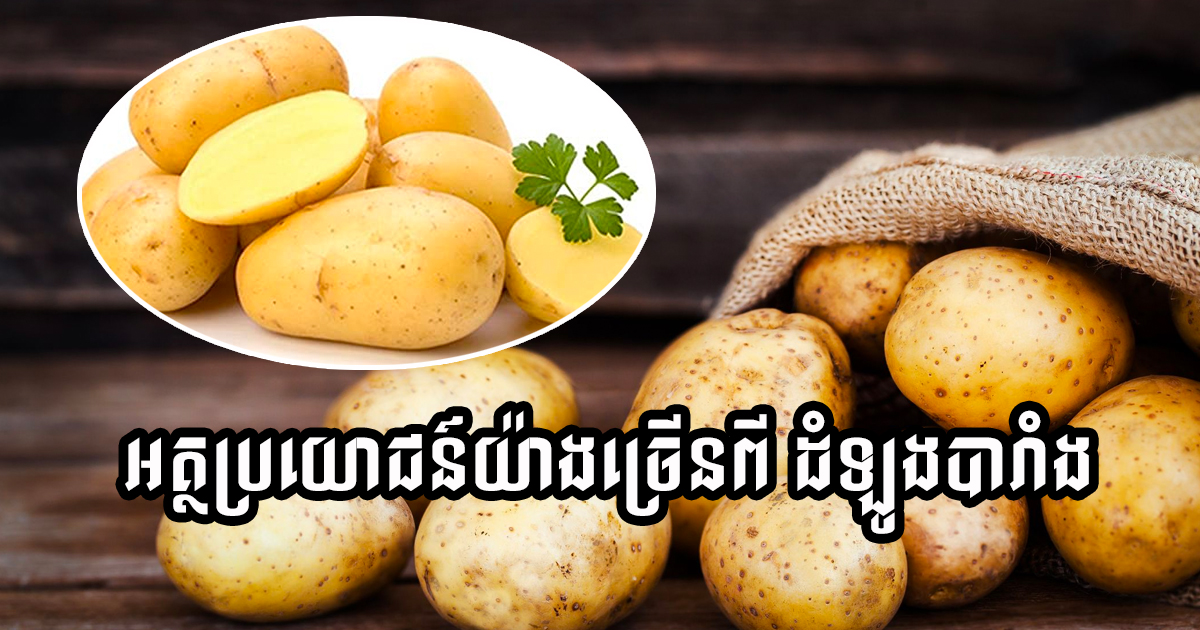Answer One Question and We’ll Tell You What Type of Thinking You Have
Scientists believe that our type of thinking depends on the culture we belong to: Western or Eastern. If you know your type of thinking it’ll help you to understand the world better and work on yourself more effectively.
The geographical division of the world into East and West is rather vague, that’s why not all of us can say for sure whether they are an Eastern or Western person.
Bright Side would like to tell you about a simple test that will help you to identify your type of thinking. But in the beginning, we’ll describe the difference between Eastern and Western mentalities.
The difference between Western and Eastern mentalities

© depositphotos © depositphotos
Many great minds were interested in the difference between Eastern and Western mentalities, including Carl Jung. In his work, this renowned psychiatrist defined the main principle: Eastern culture is about introverts, Western culture is about extroverts.
In the Western type of thinking, a person, their opinion, and their dignity are their most important assets. Welfare, respect for youth, and aspiration for personal victory are all aspects relevant to this culture.

© depositphotos © depositphotos
For an Eastern person, the world is harmonious. Where Westerners want to change the world to control it (that’s where technological progress and innovations come from), Asians change themselves to fit the world and to find the unity with nature.
The main assets of the Eastern civilization are modesty, harmony, and respect for elders. Since Asians admit their personal minor role in nature and the world, instead of individualism, they choose collectivism which is the opposite of the Western type of thinking.

Richard E. Nisbett conducted a study to identify the difference between Eastern and Western mentalities. In one of his experiments, he showed the same picture to American and Chinese students and then monitored the movements of their eyes. It turns out that the American participants looked at the object in the foreground sooner and longer than the Chinese, whereas the Chinese looked more at the background.
His other experiments showed that Asians are more inclined to creativity while Westerners are better at analysis. If you want to find out which type of thinking you have, answer the question below.
Question: Which is the odd one out — the panda or the carrot?

© depositphotos © depositphotos © depositphotos
Answer

This is a classic triad personality test which helps to define the type of thinking.
What should you do about it?
According to Richard E. Nisbett, the people that will become more successful in the 21st century are those who can take the best from both cultures. If your type of thinking is predominantly Eastern, then you should develop your analytical skills. Chess or puzzles can be really helpful here. Analytical skills can be also developed by the means of to-do lists, financial tables, and priority lists.
Those who have the Western type of thinking should work to develop their creative skills. They should read more fiction, learn new things, and play association games. Scientists also claim that green and blue colors in your environment, as well as silence, helps to develop your creativity.
Do you agree with your test results? Tell us in the comments below.
Preview photo credit depositphotos, depositphotos, depositphotos










